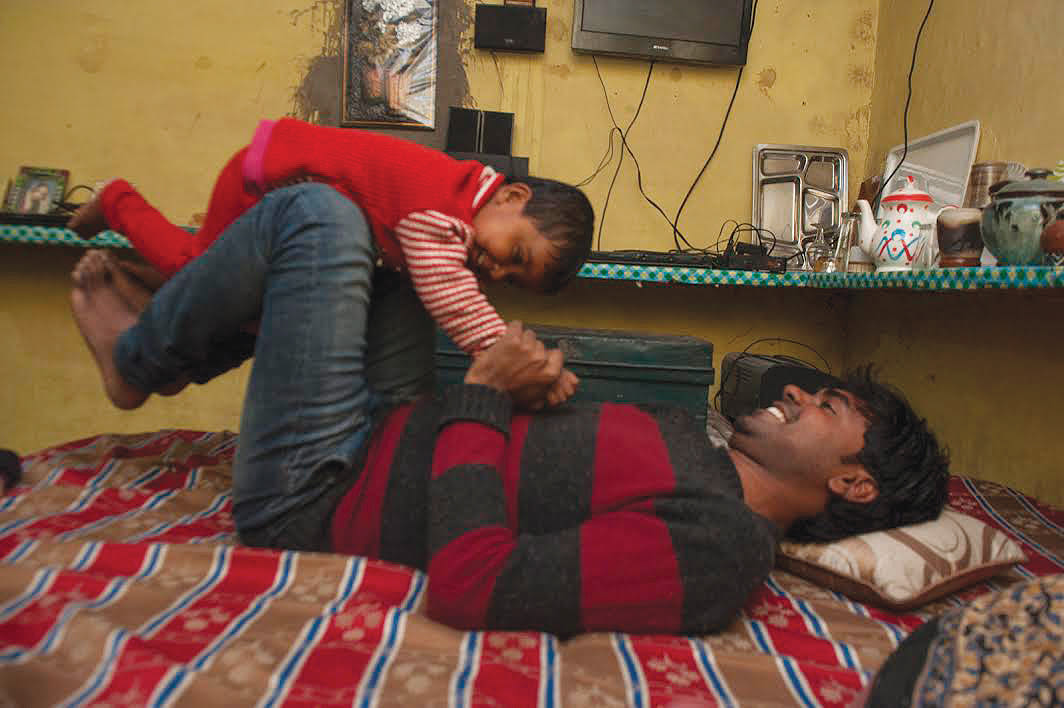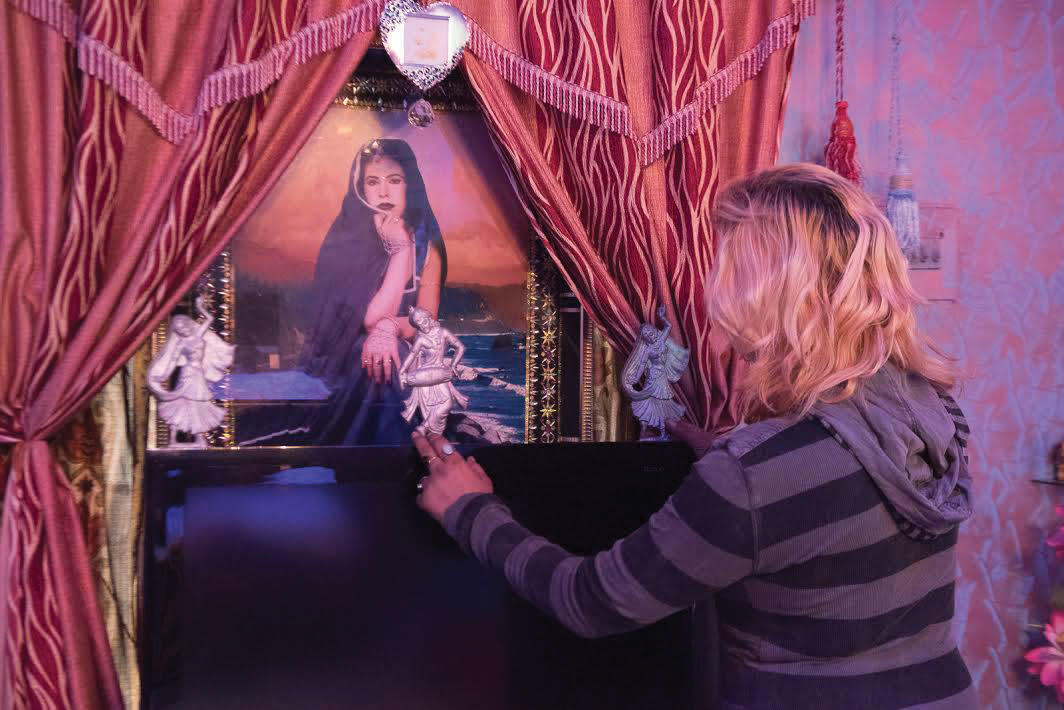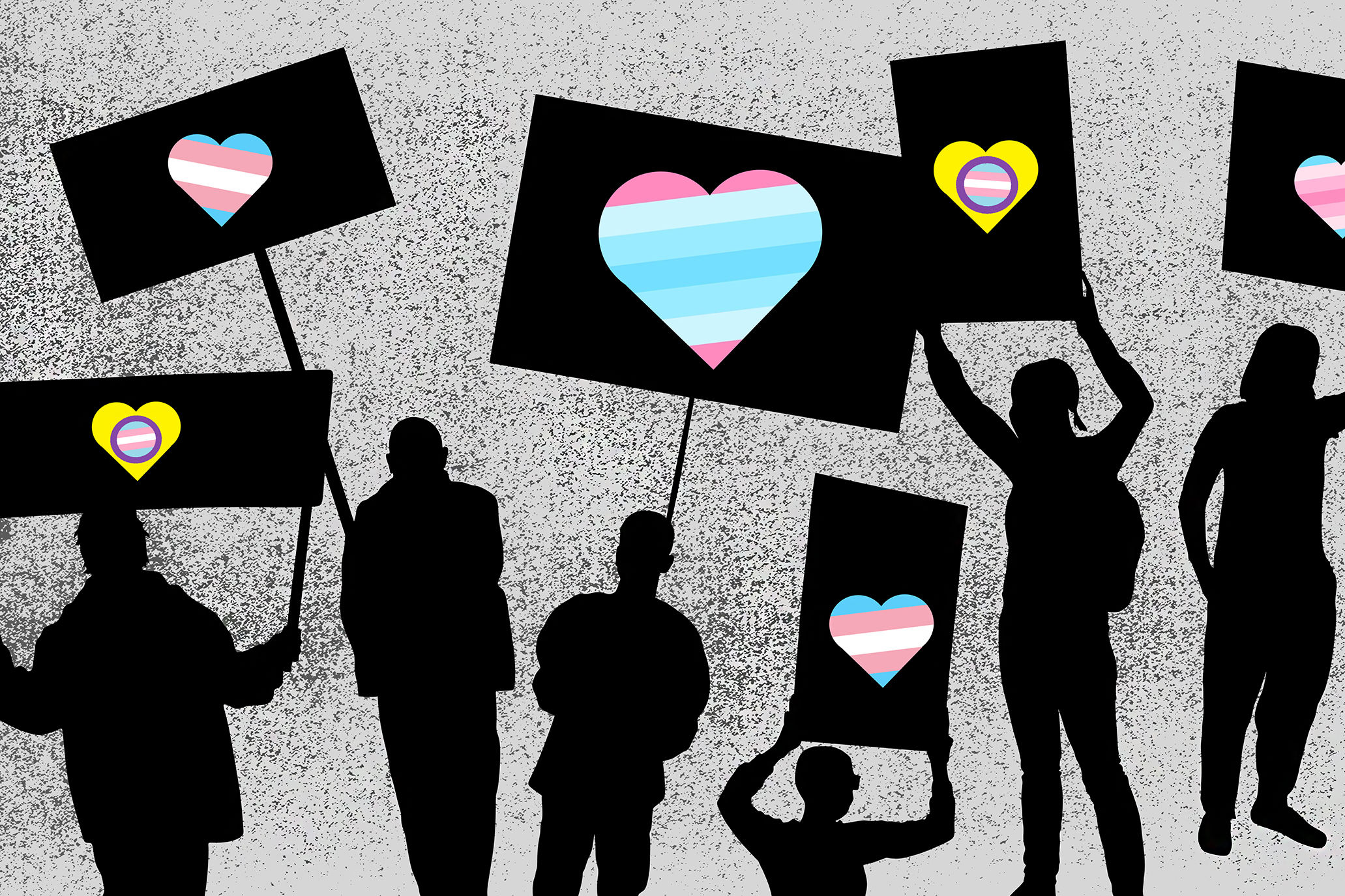Dissent and Desire Shows the Complexity of LGBTQ Life in India

The exhibit includes intimate photos of Jatin (left) and Lily (below).
Saleem, an older man, relaxes on his bed, “happy to be gray and gay,” he says. Jatin bounces his young son on his knee, enjoying fatherhood though trapped in a heterosexual marriage. Lily gazes at a photo of herself, afraid she’ll be mistaken for a prostitute if she goes out alone.
These photos, and dozens more, make up Dissent and Desire, the first formal collaboration between acclaimed artists (and romantic partners) Sunil Gupta and Charan Singh. The exhibit spotlights 17 members of Delhi’s LGBTQ+ community, who also share their stories firsthand in the companion video documentary.
“On an aesthetic level, the images are stunning,” says Contemporary Arts Museum Houston Assistant Curator Patricia Restrepo. “Their rich, velvety images are full of depth, and the work colorfully captures the textures of India. The work was also convincing on a content level because of its commitment to the agency of those it represents, its focus on collaboration, and its insistence on a multiplicity of identity.”
Co-curated by Restrepo and CAMH Director Bill Arning, the show is the museum’s contribution to FotoFest 2018, the biennial exhibition that unites 120 art spaces across Houston under the theme “INDIA: Contemporary Photography and New Media Art.” Gupta is also co-curator of FotoFest this year. “We were determined to showcase artists whose work allowed for a more expansive understanding of Indian identities,” says Restrepo, “as opposed to a narrow or limiting one.”

Home to some 26 million people, Delhi is the largest urban area in India and second-largest in the world. Gupta and Singh’s photos were taken in 2014 and 2015, not long after the Indian Supreme Court reinstated an anti-sodomy law that dated back to the British Empire that had been struck down in 2009. By then, however, many members of the city’s LGBTQ+ community had already come out. Dissent and Desire captures a moment in which, says Restrepo, “queer people, who are now more visible, are also more vulnerable.”
A generation apart in age but both raised around Delhi, Gupta and Singh each drew on relationships they had been cultivating—in some cases, for years—for this project. Thanks to their economically different backgrounds and wide social networks, the two men enjoyed extraordinary access to people from all strata of Indian society, Restrepo says.
“I think that this exhibition is important because it shows that there isn’t just one way to be gay in India, and this is only one small segment who represent different careers, educational aspirations, upbringings and religions,” she adds. “Within that community, it opens up the possibility for what that identity can look like—and complicates it.”
Dissent and Desire. Thru Apr 29. Contemporary Arts Museum Houston, 5216 Montrose Blvd.; camh.org. Free. FotoFest 2018 runs Mar 10–Apr 22.




